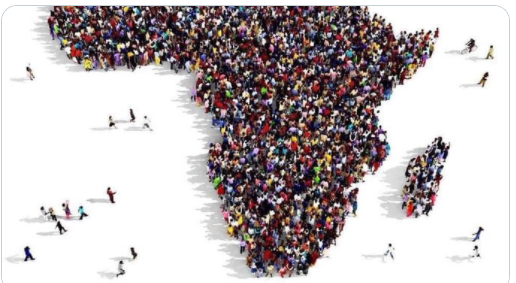Signed by 54 African countries, African Continental Free Trade Area (AfCFTA), the largest common market in the world with over 1.2 billion people today goes operational.
The common market is expected to help Africans trade across the border with up to zero tariff gradually. “The African Continental Free Trade Area will fundamentally change the economic fortunes of our continent. I call on the entrepreneurs of our nation to seize the abundant opportunities that this historic development will present to explore new markets and build new partnerships,” twitted the current chairperson of the African Union, South African President Cyril Ramaphosa.
AfCFTA will cover a market of 1.2B people & GDP of $2.5T, across the 55 States. It will be the world’s largest free trade area since World Trade Organization (WTO). Prime Minister Abiy Ahmed of Ethiopia on his part also stated that the new frontier for Africa is indeed regional integration, where minds are open to ideas & markets are open to trade. “Trade defuses the most fraught relations & integrated markets generate prosperity,” Abiy twitted congratulating the people of the continent.
A message for the New Year #NewYearsEve https://t.co/refxRUM62i
— Cyril Ramaphosa 🇿🇦 #StaySafe (@CyrilRamaphosa) December 31, 2020
Secretary General of AfCFTA Wamkele Mene, at the AfCFTA start of trading ceremony webinar, indicated that African Continental Free Trade Area should not just be a trade Agreement, it should actually be an instrument for Africa’s development. “In this regard, we have seen the World Bank produce a report that projects that by the year 2035, if we implement this Agreement effectively, we have the opportunity to lift out of poverty one hundred million Africans. And the majority of this hundred million Africans that will be lifted out of poverty, are women in trade. It will be the opportunity to close the gender income gap, and the opportunity for SMEs to access new markets,” he said.
How does AfCFTA benefit small and medium-sized enterprises?
– Small and medium-sized enterprises are key to growth in Africa. They account for around 80 per cent of the region’s businesses. These businesses usually struggle to penetrate more advanced overseas markets, but are well positioned to tap into regional export destinations and can use regional markets as stepping stones for expanding into overseas markets at a later point.
– Another way in which small and medium-sized enterprises can benefit is by AfCFTA making it easier to supply inputs to larger regional companies, who then export. Before exporting cars overseas, for example, large automobile manufacturers in South Africa source inputs, including leather for seats from Botswana and fabrics from Lesotho, under the preferential Southern African Customs Union trading regime.

